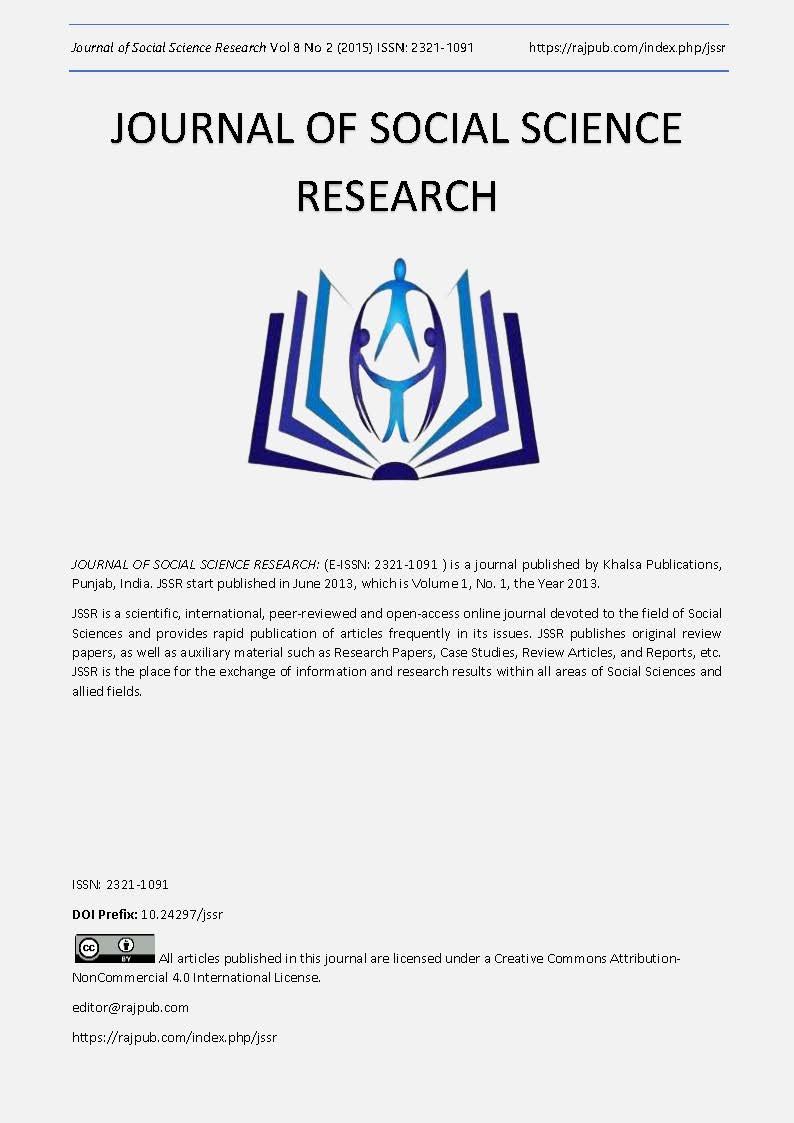Modeling is designed to promote cultural tourism with approach future studies (Case Study: Esfahan)
DOI:
https://doi.org/10.24297/jssr.v8i2.3724Keywords:
Cultural Tourism, Future Studies, Esfahan, sustainable developmentAbstract
Cultural tourism is a move from people to visit cultural attractions with the aim to obtain new information and experience in order to satisfy the cultural needs.Esfahancan be considered as one of the world's major cities and a unique exception due to the body of the city which can be regarded as a valuable solid unit carrying specific Thinking and viewpoints. Esfahan is not only a crystallization of a worldview but because of its spatial variation, it is one of the most unique cities with dozens of historical, cultural, religious, and natural attractions. The restructuring the global economy is the main factor of which depends the future of sustainable development, major changes being needed in the human behavior, In order to raise peoples sensitivity regarding the importance of constructing ties between natures and cultures, between different world cultures must be used as efficiently as possible. This case study may be considered a useful instrument for identifying malfunction in the touristic sector in the south ofEsfahanregion, in order to supply all necessary information for further development strategies and policies in the field. The statistics in tourism is used in the study of the most stable features of touristic activity behaviour. This study will allow the configuration of a general outlook, which is necessary in order to take the best decisions when it comes to elaborating forecasts in the field
Downloads
Downloads
Published
How to Cite
Issue
Section
License
 All articles published in Journal of Advances in Linguistics are licensed under a Creative Commons Attribution 4.0 International License.
All articles published in Journal of Advances in Linguistics are licensed under a Creative Commons Attribution 4.0 International License.




